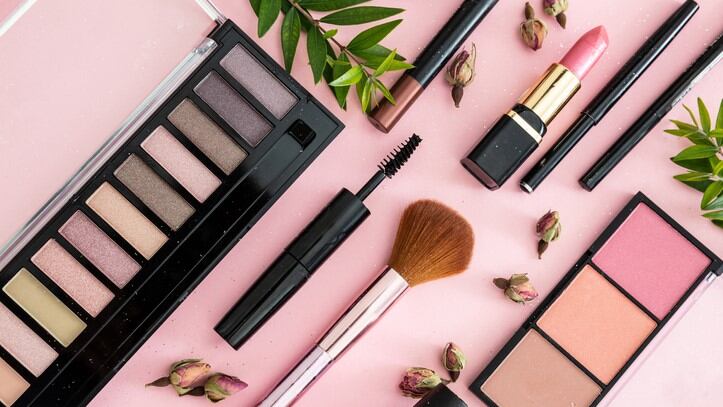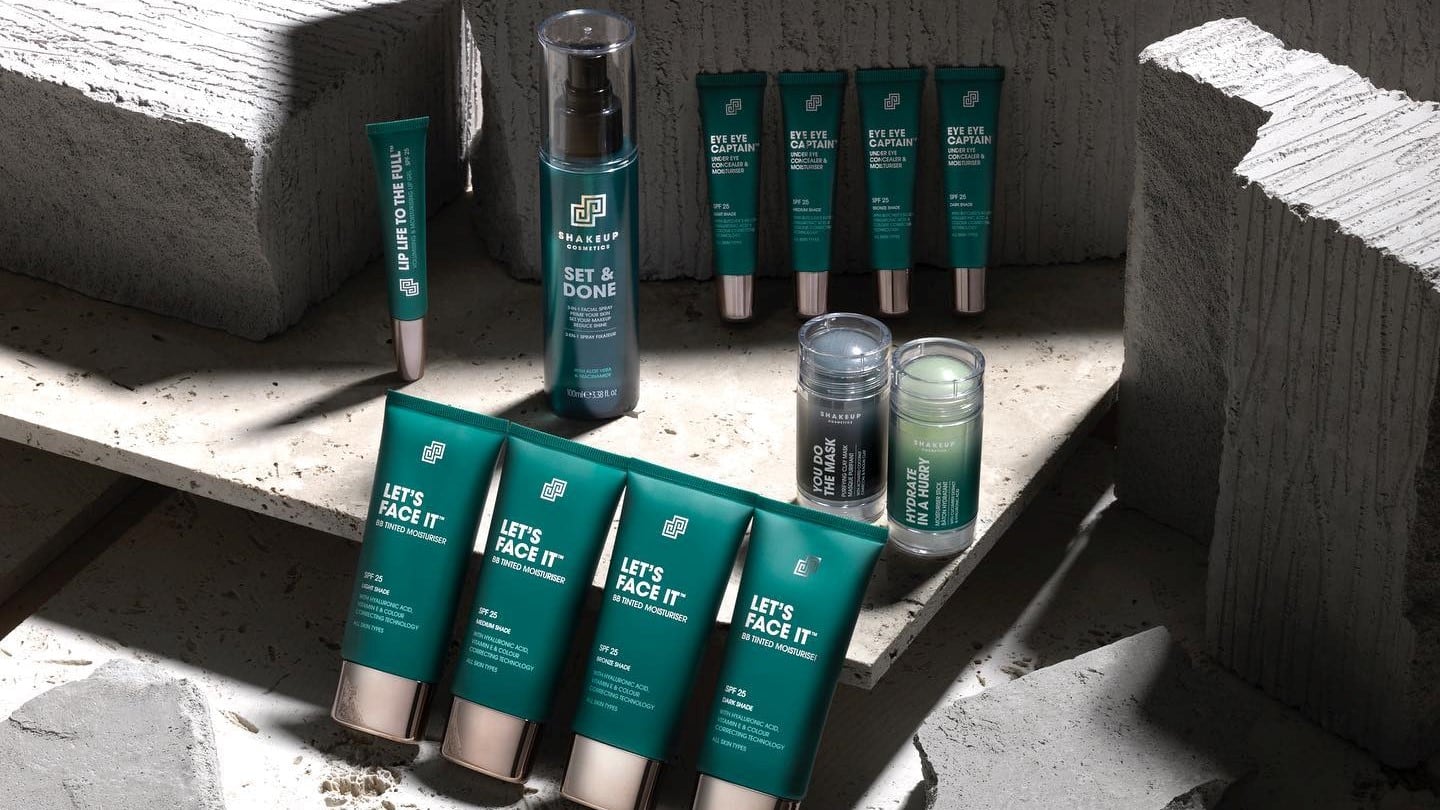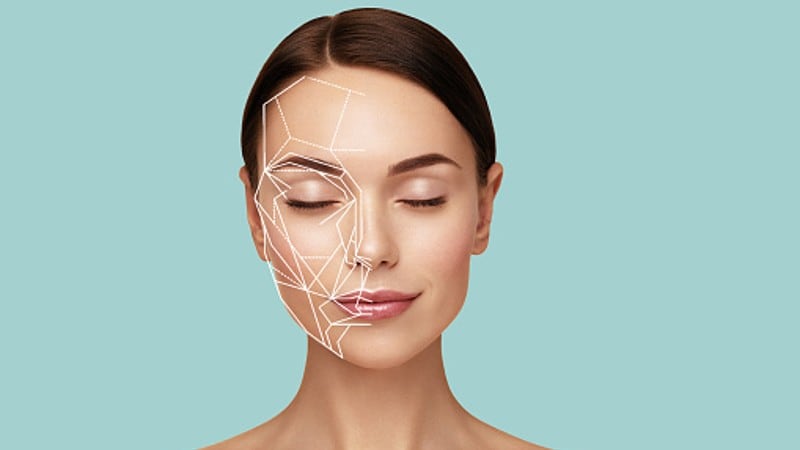After two stifling years under a pandemic, 2022 was billed as the year of comeback – the Roaring Twenties redux. Thankfully, most of us did finally see the end of pandemic restrictions. Masks came off and things were finally returning back to normal (whatever normal means). But not everything went according to script.
So what else happened in 2022? Russia invaded Ukraine, plunging the world into turmoil with soaring food and energy prices. Meanwhile, in China, the insistence on having a zero-COVID policy threw its economy into disarray, causing a ripple effect across the globe. Great Britain stole headlines with three Prime Ministers in two months. And I’m still befuddled about what happened during Malaysia’s general election.
All in all, the events of last year drained all of us mentally, physically, and emotionally. Against this atmosphere of anxiety and ambiguity, how can we expect the beauty and personal care industry to develop?
Efficacy: No more false promises
Until further notice, the undercurrent of uncertainty will persist and permeate the purchasing decisions of the beauty consumer.
Andrea Taimana, founder of New Zealand brand Taimana Beauty, believes that under this mindset, consumers have even less patience for false promises. “It has come to a point where all the fluff has to go away.”
This has been reflected in the top product rankings by the Japanese cosmetic portal @cosme. In 2022, the entire line-up of 10 products were previous winners of @cosme awards.
Interestingly, some award winners were products that have been on the market for years. One example of such products is ORBIS Essence in Hair Milk. The product, which was launched a decade ago, found itself after reviews spiked by about eight times compared to the previous year.
Personal care supplier Croda has also observed similar behaviour, which is leading it to believe that we may see cosmetic companies dial back on hyped-up trends and focus on what really matters to them.
“We’re observing a lack of innovative trends in the coming year with consumers feeling safer being familiar with what they are used to, and spending only on things they believed in,” said Raelene Yeo, technical marketing lead, Croda Singapore.
“Therefore, product transparency, being our forte, will be our priority moving forward along with reemphasising on Croda’s renowned science-backed products which were seen as a hit with indie customers.”
Echoing this, Taimana said that 2023 would not be about trends, but data. “For the last 10 to 15 years in the cosmetics industry, it was like witnessing a new trend every second. K-beauty, J-beauty, clean beauty, whatever beauty – I think we’ve just reached that plateau. Now it’s efficacy, efficacy, efficacy. The winner is the one that can provide this efficacy the fastest.”
She added: “We’re talking super potent antioxidants, ideally delivered in a natural and sustainable way. It has to have amazing anti-inflammatory properties, because it actually goes hand in hand with antioxidant activity.”
Beauty giant L’Oréal has also recognised the growing importance of efficacy and has observed how the demand for high performance products has penetrated not just skin care, but hair care and even skin devices.
“The mega mega trend is supercharged efficacy. As you know North Asia has some of the most sophisticated consumers. They are knowledgeable, they are curious but also very demanding when it comes to safety, quality and very importantly the performance. There is no trade-off when it comes to beauty performance in North Asia, and I must say, specifically in China,” said Maxime De Boni, vice president, L'Oréal R&I North Asia and China.
The company has tasked itself with “going beyond the beauty playground” to deliver high performing products to the consumer.
In line with this, the company developed the Lancôme Absolue Dual-LED Youth Treatment device that uses patented LED light therapy to dispense a serum to treat the skin’s fine lines and wrinkles.
“This technology is a perfect marriage between the energy source – here, it’s an LED device that maximises performance with a serum. When you use the device, not only you have light emitted to your skin to activate the formula in the skin cells, but at the same time you deliver a layer of serum that contains very powerful actives,” said De Boni.
The device debuted at the China International Import Expo (CIIE) in 2022 and the company hopes to launch it in China soon.
Evaluation: ‘Resetting the base’
With ingredient makers like Croda and brands like Taimana placing less emphasis on trendspotting, we may have to settle in for a less exciting year, said Pierre-Antoine Henry, head of market development at Quadpack.
“We’re kind of in a boring market from an innovation perspective,” he told CosmeticsDesign-Asia.
But that does not mean everyone will be sitting around twiddling their thumbs. Henry believes companies will take this time to focus on “resetting the base”.
Speaking from a packaging perspective, Henry elaborated that companies are most likely to use this time to move towards more sustainable options.
“This will take precedence over innovation. This is the most urgent thing that most brands and their packaging suppliers are facing now because you are seeing laws starting to come up in regards to plastic use,” he said.
“My sense is that this will still go on in 2023. You will still see less disruptive innovation than you had before COVID because sustainability is still going to be the key and there is a need for a lot of investments there.”
Taimana believes that the beauty industry has reached a crucial turning point and has to revaluate some of its fundamental practices for the good of people and planet.
“I believe that every serious brand, the biggest brands in the market, are seriously reconsidering what the future of cosmetics would look like.”
She emphasised again that consumers are just trying to “find the best of the best” and argues that the beauty industry does not need to continue the endless cycle of launches as a standard practice.
“It’s just a waste of packaging and it’s no good for people and planet. Quite frankly, we all know that each brand has star products. I believe that every single brand owner and formulator has the intention to create a good product. But then all the money goes towards fluff products like cleansers and mists – all sorts of easy wins.
“We’re already past the need for a new brand to come up with 15 products. What I believe is that brands really should focus on the key products. It could be just a cleanser, nothing wrong about that. You could create a beautiful range of super potent cleansers – we all know consumers buy from different brands anyway.”
Instead of chasing the next viral TikTok product, Taimana hopes more resources will be pushed towards the research and preservation of traditional knowledge.
“Things like natural sourcing, fair trade, and supporting indigenous tribes and preserving that knowledge. It’s so precious and we need to preserve it for the next generation. It’s just about preserving what we have and not chasing anything new.”
Expression: The return of fun
Generation Z is a demographic that thrives on celebrating differences and individuality. The rise of this consumer base will only fuel the theme of self-expression in the beauty world.
“Self-expression in beauty is probably due to the rise and acceleration of fashion, the creation of artists, the creation of entrepreneurs. This is led very much by the Korean ecosystem, but I must say that we see the same phenomena also happening in China,” said De Boni.
He added that colour was a powerful tool of self-expression and the demand for colour will not just influence make-up but other categories like hair care as well, where he sees a boom in hair colour.
The one thing we can guarantee is that the cyclical nature of the beauty industry will not keep it down for long. It will not be long before beauty consumers crave something new and colourful.
Henry likened the consumer to a volcano that will lay dormant till the pressure builds up and cannot contain their need for some excitement.
“With all this bad news coming from all over the place, with all that uncertainty in our environment, at some point we need to get back to life. We need to get back to expressing ourselves, to be bold, to trying, to growing. And this is exactly what drives make-up because it’s about the joy of life to some extent.”
This ‘volcano’ has yet to reach its tipping point and Henry predicted that it could take as long as 12 to 18 months before we see that explosion of self-expression.
When it does happen, he believes the lip category will finally make a comeback after almost three years of being shackled by face masks.
“Everything is a cycle, even with make-up it’s a cycle between eyes and lips because usually the consumer doesn’t focus on both, it's either and emphasis on the lips or the eyes. This time, my guess is that it will start strongly with the lips. This is because it's what’s been the most contained and the most hidden.”
One indicator of this is the innovation in the lip category today, he elaborated. “Formulations are a bit on an indicator, we’re seeing a lot of new formulations that shout life. It’s very vinyl, very glossy, that’s a lot of the kinds of innovations I’m seeing.”
Henry added that lip products are great tools for consumers to communicate and express themselves, be it through colour or texture.
“It’s also the most accessible. You need some skill to go for complex eyeshadows or a cat eyeliner, so it’s not accessible to everybody the same way lips are. That’s why I think it’s really going to be hot in the next 12 to 18 months.”





